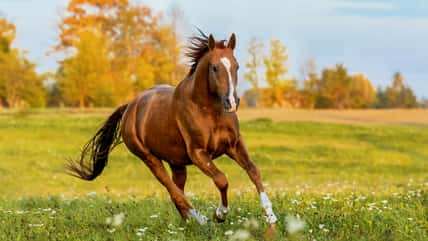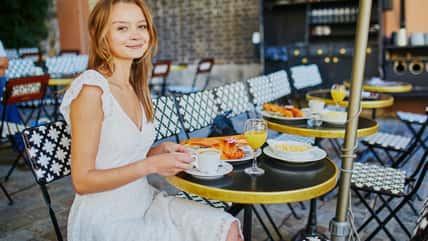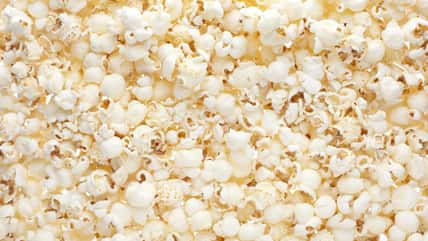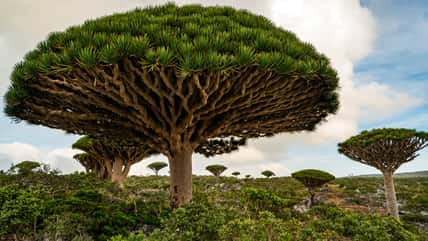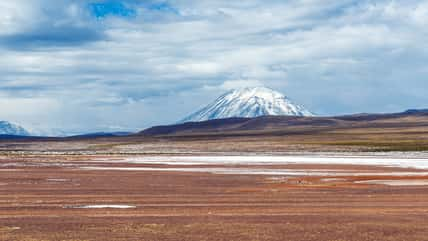When Paired Together, Seaweed And Straw Have The Potential To Create Countless Eco-Friendly Building Materials, Reducing Our Carbon Footprint In The Process

Seaweed is typically regarded as a habitat for marine life or as a staple in Japanese cuisine, while straw is considered to be bedding and food for farm animals.
However, these plant organisms can be used for so much more. Beyond these traditional roles, seaweed and straw have the potential to create eco-friendly alternatives for building materials and reduce our carbon footprint.
The versatility of seaweed and straw presents a whole host of opportunities that challenge conventional practices for creating structures such as houses and schools. By harnessing the power of plants from the sea and the byproducts of cereal crops, we may be able to unlock a path toward a more sustainable future.
In northern Denmark, a small school was erected using two unexpected materials: straw and a type of seaweed called eelgrass. At the Feldballe School in Rønde, seaweed and straw are used to form the building’s insulation and ventilation systems.
The school is designed to reduce the amount of carbon emissions it will produce during its construction and throughout its entire life span.
According to the World Green Building Council, buildings are responsible for about 39 percent of global carbon emissions. Around 28 percent of that accounts for operational emissions from the production of heat and electricity used in buildings, while the remaining 11 percent is from materials and construction.
The Danish school is proof that sustainable construction is possible. The building is 2,700 square feet with a wood roof and exterior. The walls are made out of straw and covered with clay-based plaster. Its annual carbon emissions are projected to be half of the level that is permitted by Denmark’s building codes.
Jakob Strømann, the director of sustainability and innovation at Henning Larsen, an architecture company based in Copenhagen, stated that a PhD student researching decarbonization came up with the idea for using straw. In Europe, priorities are shifting. More than ever, cutting carbon emissions and becoming greener is important.
Straw was found to be the best naturally occurring substance for absorbing carbon. Since the late 1800s, people have been using hay in buildings, so the idea is not exactly new.
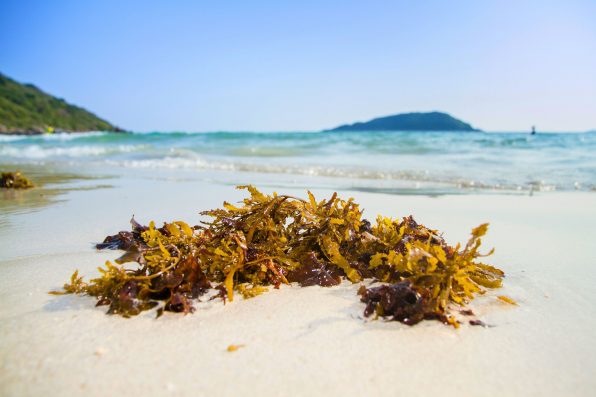
bubbers – stock.adobe.com – illustrative purposes only
Henning Larsen used highly compacted straw as wall insulation and tested how it stood up to issues like mold, rats, and fire.
It was also designed to be taken apart at the end of its lifespan and fit together like Lego blocks in the back of one truck, according to Strømann.
The eelgrass served as another innovative and sustainable resource. The plant washes up on the shores of Denmark. But instead of letting it rot away on the beaches, it can be utilized as a solution for ventilation.
The salty nature of the seaweed offers protection from mold and fire without the need for it to be chemically treated.
When inserted as a filter into a ventilation unit, the eelgrass can keep levels of humidity and carbon dioxide in classrooms at steady rates. It can even help neutralize food odors during lunchtime.
This straw and seaweed-based architecture shows a lot of promise. It is hoped that the wall system can be applied to larger warehouses and other storage facilities that are traditionally assembled with concrete and steel.
Sign up for Chip Chick’s newsletter and get stories like this delivered to your inbox.
More About:News

